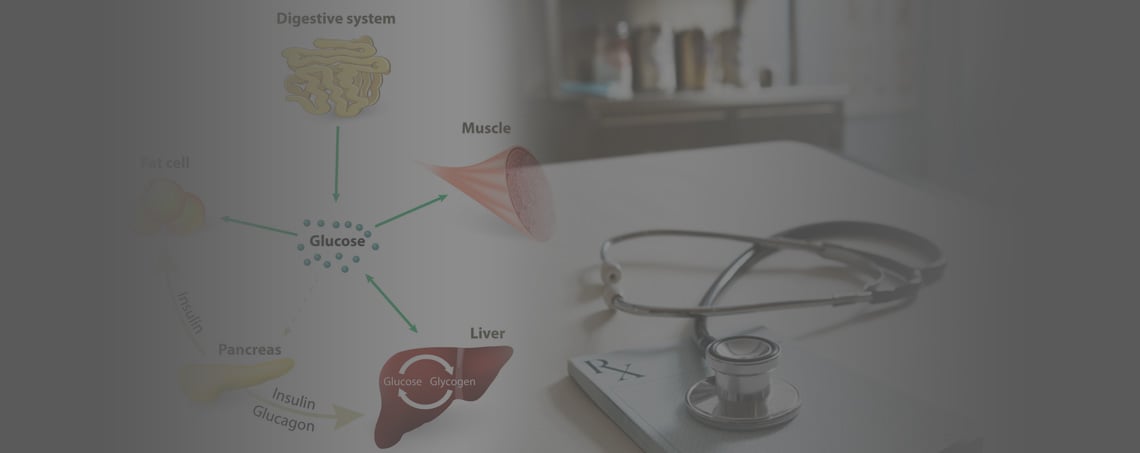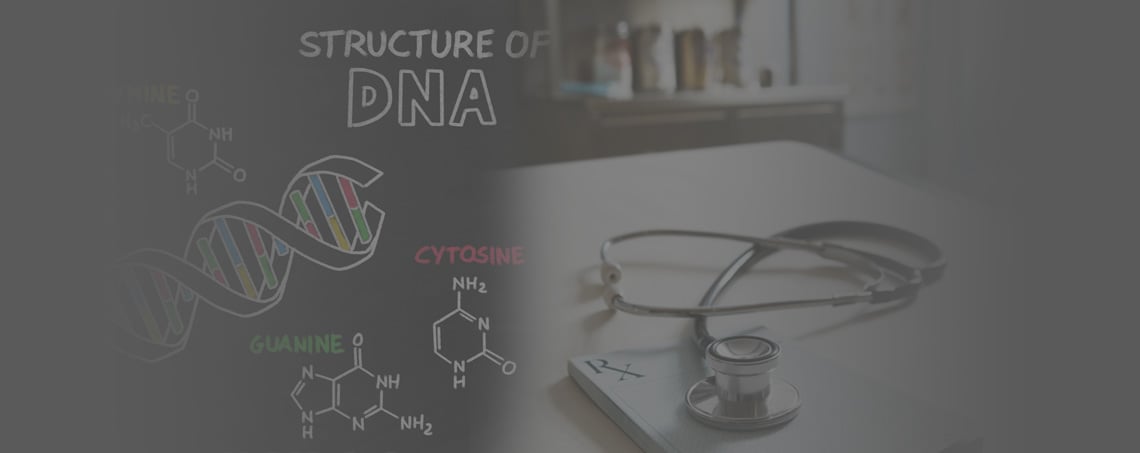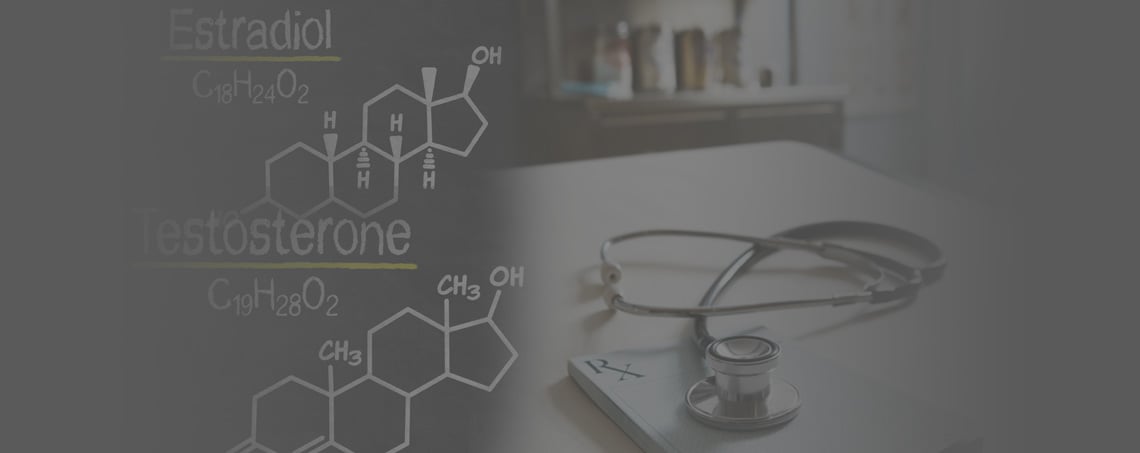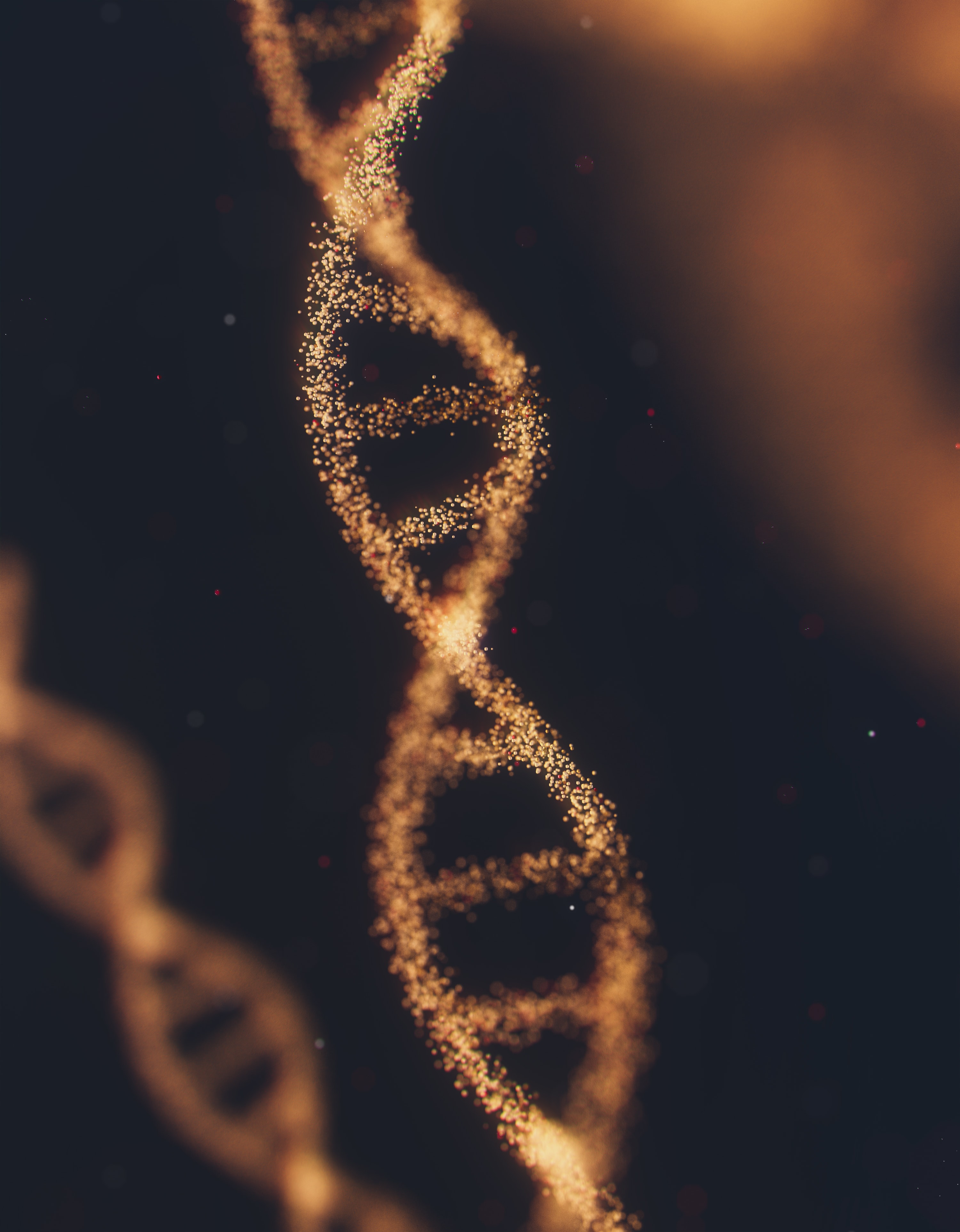3 Things Methylfolate Does For The Body
Posted by
Dr. Robin Terranella
What does methylfolate do for your body and what's the big deal anyway? Why do people take it and why are people concerned about it?
If you have these questions it may be because you've come across the fact that you have an MTHFR gene mutation or single nucleotide polymorphism (SNP) in the MTHFR gene. Basically some people have alteration in their ability to make the enzyme MTHFR. This leads to a decreased ability to create methylfolate. If you have this, this article and video is probably going be helpful for you. Helpful in deciding why you would want to take methylfolate and what it's actually doing for your body. Keep in mind there can be side effects from taking methylfolate. So be sure to check out the video on methylfolate side effects because this can and does happen. It does not always happen but it can.
Here is a link to the other video.
We treat a lot of people with genetic alterations such as MTHFR and other SNPs. Here we want to discuss the uses of methylfolate and what it actually does for your body.
What Methylfolate Does For Your Body
Methylfolate has three distinct functions for people with mthfr gene mutations and some of these have overlap too. The first being S-adenosyl methionine (SAMe) production which I will discuss in more detail below. Methylfolate allows for the efficient conversion of homocysteine into SAMe. It also helps with the recycling or reusing of biopterin which is needed for production of neurotransmitters. Lastly it also has a separate function to help with DNA base pairs, their formation and supporting repair.
1. Methylfolate Helps The Body Make SAMe
So SAMe is one of the main donors of the methyl groups too many methyl transferase enzymes. If you don't know enzymes are basically proteins that help your body or assist your body in performing different reactions. So let's use an analogy. If you have a bunch of plastic and you are making cups the machine has to make the cups. Well the machine is what takes that that plastic and turns it into the cups. So the machine is like the enzyme.
Methyltransferases actually help transfer the methyl group to other molecules so it's very biologically active substance. The methyl group is basically CH3. A carbon molecule and three hydrogen's and then it's bound on to whatever molecule it might be like methionine to make SAMe.
SAMe with the help of the methyltransferase enzymes donate that methyl group to other things. In the process of doing that it may help your body produce creatine, for instance. Creatine is very important for energy production and recycling it quickly. Recycling or generating energy when you are at the anaerobic threshold. Like when you are running for a long time, doing a single rep max on the bench press or squat. Creatine kicks in and produces energy very quickly and that's important for brain function and muscle function. It's happening all over our bodies all the time we just don't know about it. If you don't have enough methylfolate you don't have enough SAMe and you won't be able to make sufficient amount of creatine. This could lead to fatigue and muscle weakness.
It also helps with cell membrane production. Specifically it helps with the production of phospholipids. All of our cells are made up of basically a fatty outer surface, a 3 dimensional kind of ball. You can think of it like a marble. Your cells are basically thousands of these little marbles that make up the cell membranes, called phospholipids. SAMe helps the enzyme phosphatidylethanolamine methyltransferase to make these phospholipids. It is the cofactor for that methyltransferase enzyme. So if you don't have enough methylfolate you're not going be able to produce your cell membranes efficiently. This could affect your ability to recover from injured tissue. Any kind of injury or tissue damage will require phospholipids to rebuild that tissue. Without SAMe the recovery could be slowed.
There is also DNA methyltransferases that help with the DNA repair and DNA support.
2. Methylfolate Helps The Body Make Neurotransmitters
SAMe can also help the body with recycling of biopterin but mainly it's methylfolate itself and two other enzymes QDPR and DHFR helps with the recycling of biopterin. This molecule biopterin is essential for making neurotransmitters (like serotonin, dopamine, etc) from amino acids and making nitric oxide.So if you don't have enough methylfolate you're perhaps will not be able to recycle your biopterin. Biopterin is not currently a molecule that you can just take either. Your body produces it and your body recycles it. So recycling is important and methylfolate is helps your body do this.
3. Methylfolate Helps The Body Make DNA Base Pairs
The last aspect to discuss is the production of DNA. DNA is produced from base pairs. On your double helix DNA structure, the ladder shape is made up of the DNA base pairs bonded together. One rung of the ladder is two base pairs together. A base pair are the nucleotides adenine, guanosine thiamine, cytosine. These are what our DNA is made of and needed to make our cells. If are not able to make these base pairs you won't have enough DNA for new cell growth. This will slow tissue growth and lead to things like hair loss or thinning. It can also manifest as anemia.
In the cases of anemia there is slowed cell division (in hair and red blood cells). However this could also be occurring all over the body since DNA is needed for all cell division. So once you start getting anemia from deficiency of methylfolate or folic acid remember it is happening in other cells too. It may not be to the same extent but you're getting basically a slowdown in your production of DNA. This is going to slow down the division of the cells.
Visual Representation Methylfolate Uses in Body
Below you can see the DNMT enzymes and these are DNA methyltransferases. They are helping support DNA and you can see there are more than one kind. SAMe or sometimes it's abbreviated as SAM, s-adenosylmethionine, is donating methyl groups to the DNA base pairs. This action can turn different genes on or turn different genes off. This is done using these methyltransferase enzymes.
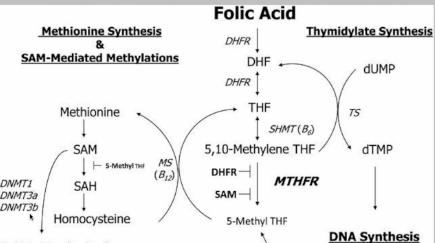
I also wanted to show (above) that the production of DNA involves folate as well and this is not always folic acid. It could be other forms of natural folates but if you use methylfolate itself it can be recycled and used in the same way. In the diagram (above) it is 5-methyl THF which turns into THF and the 5,10-methylene THF. This then goes on to support DNA base pair synthesis.
We also wanted to briefly show the methylation cycle (below) as well. If we start with homocysteine it is being recycled into methionine and then into SAMe through various enzymes. The first enzyme is the methionine synthase enzyme and requires 5-methyl tetrahydrofolate which I'm calling methylfolate. They are the same thing. So methylfolate and methylcobalmin (B12) assists the methionine synthase turning homocysteine into methionine. There is another enzyme abbreviated MAT which turns methionine into the SAMe molecule that we're referring to.
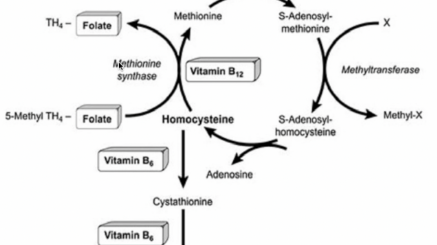
SAMe does have a methyl group on it and it will donate its methyl group to all these methyltransferases. These go on and do all those reactions that were described above. As far as what methylfolate actually does, it's sort of an indirect thing that it does through SAMe. Still it is pretty potent in terms of helping with the production of SAMe especially in people that have MTHFR. If you don't have MTHFR methylfolate probably isn't really that important for you to take extra of.
For those that do have MTHFR alterations, it can be very important for proper:
- DNA methylation and turning genes on turning genes off
- Creatine production
- Repairing of tissue
- Cell membranes, cell signaling, nutrient transport in and out of your cell
- Detoxification of toxins, neurotransmitters, estrogen.
- DNA synthesis
- Nitric oxide production blood flow and pressure (not discussed in this article)
Hopefully this article helps you understand what methylfolate does for the body. As we discussed it is really important for a lot of different things but mainly it's going to be used for people that have MTHFR one mutation. There are other genetic alterations where it could also be useful but MTHFR is the main one.
Keep in mind there is more subtle biochemical aspects of methylfolates affect on the body that were not discussed here. If you have questions or comments please post them below. For a customized plan or one on one help with genetic alterations such as MTHFR, click on the link below or give us a call.
4
